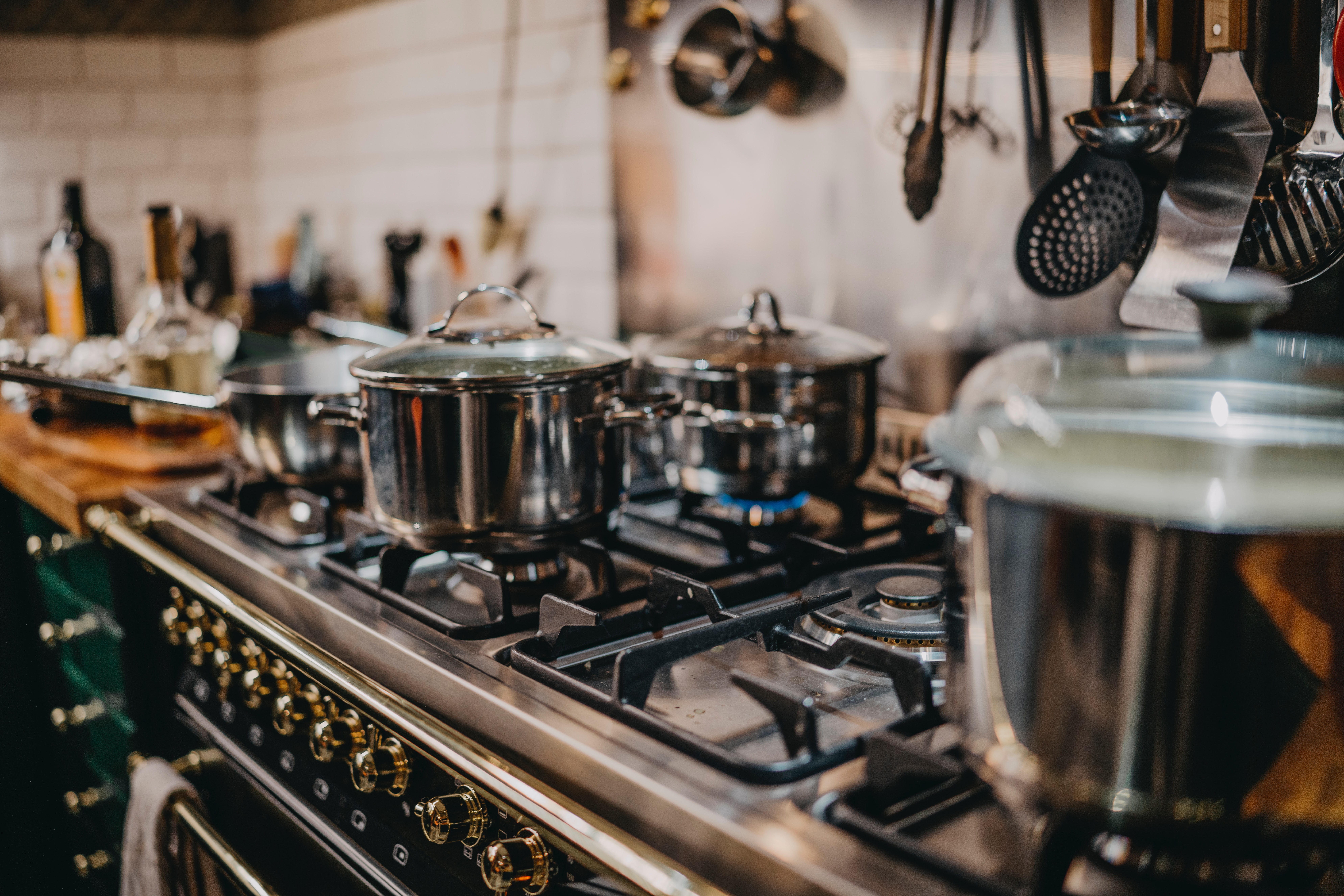Media Release
From: AAASEven After Ventilation, Common Indoor Contaminants Linger on Surfaces, Prolonging Exposure
The majority of indoor air contaminants produced by cooking, cleaning, and everyday activities reside in walls, carpets, and floors, not in the gas phase as expected, according to a new study. The results, based on studying 19 contaminants, suggest that these chemicals quickly evaporate from large surface reservoirs even after vigorous ventilation, restoring pre-ventilation concentrations. This implies that exposure to these chemicals, some of which are toxic, cannot be easily controlled by increasing ventilation once the chemicals have been released indoors. Indoor air quality is important to human health, yet the ways in which chemicals interact with indoor surfaces are not fully understood, complicating scientists’ understanding of how to protect people from indoor pollutants. Because of the large surface areas present in a home or workspace, chemicals released to indoor air come in contact with surfaces numerous times before they are vented to the outdoors. To explore the behavior of common household chemicals, Wang and colleagues measured 19 contaminants (including poisonous isocyanic acid and nitrous acid, a source of hydroxyl free radicals) in a 110-square meter single-story test home as part of the House Observations of Microbial and Environmental Chemistry (HOMEChem) field campaign. The researchers repeatedly flushed the house with outside air, then observed how rapidly the chemicals reappeared in the air once the doors and windows were closed. They also mopped the house with vinegar solution and sprayed ammonia to alter the surface pH, finding that cleaning with acidic or basic solutions may temporarily increase exposure to certain compounds.


